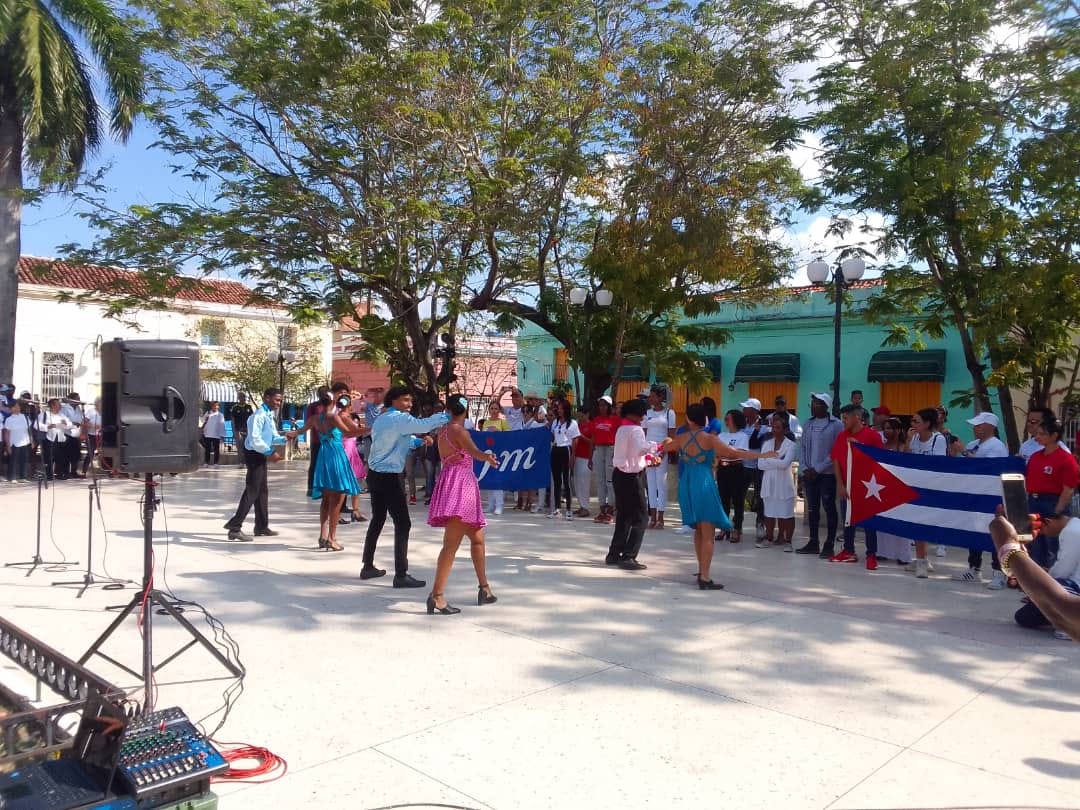
By Adalys Pérez Suárez/ Cubarte.
At such an early date for the Cuban revolution, like April 14, 1961, in the middle of the Literacy Campaign and three days after the Yankee invasion of Playa Girón began, Fidel inaugurated the first National School of Art Instructors of the country, with an enrollment of four thousand students.
Such was already the importance that in the incipient process of social transformations was given to culture, as well as the need to make it the heritage of the people and to free art from the elitist character that it had held until then.
Just a few months later, in the speech he gave at the National Library, the governing document of the nation's cultural policy known as Words to the Intellectuals, the Commander in Chief expressed:
“We must make an effort in all demonstrations to reach the people, but at the same time we must do everything within our power so that the people can understand more and better.”
Of that youth vanguard, in charge of taking culture to the last corner of our country, was part of Olga Alonso González, a girl from Havana who, at just 19 years old, lost her life on March 4, 1964, in an accident in what is now the municipality of Sancti Spiritus. Fomento, where she worked as a theater instructor. Her date of birth, February 18, was chosen to celebrate Art Instructor's Day ever since.
In all these years, the academic training of those who are also known as “doctors of the soul” has evolved greatly, while the spectrum covered by their actions has expanded.
The creation at the beginning of this century of the Bachelor of Education: Art Instructor degree, in all the pedagogical universities of the country; as well as the José Martí Brigade of Art Instructors, marked the coming of age of one of the most beautiful projects developed in the largest of the Antilles.
Schools, Houses of Culture and, mainly, communities, not only in Cuba, but also in other sister countries, are beneficiaries of this peculiar army that fights for a fuller society, clearing the way for the development of art and its better appreciation. (Photo: UJC Camaguey Facebook page)
Ancla